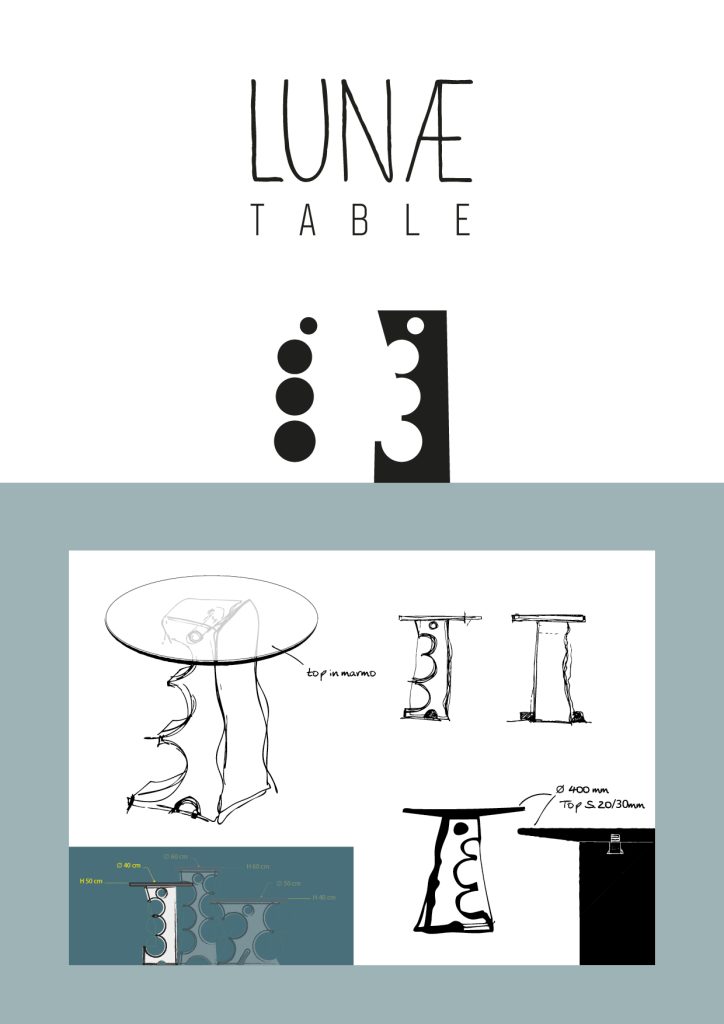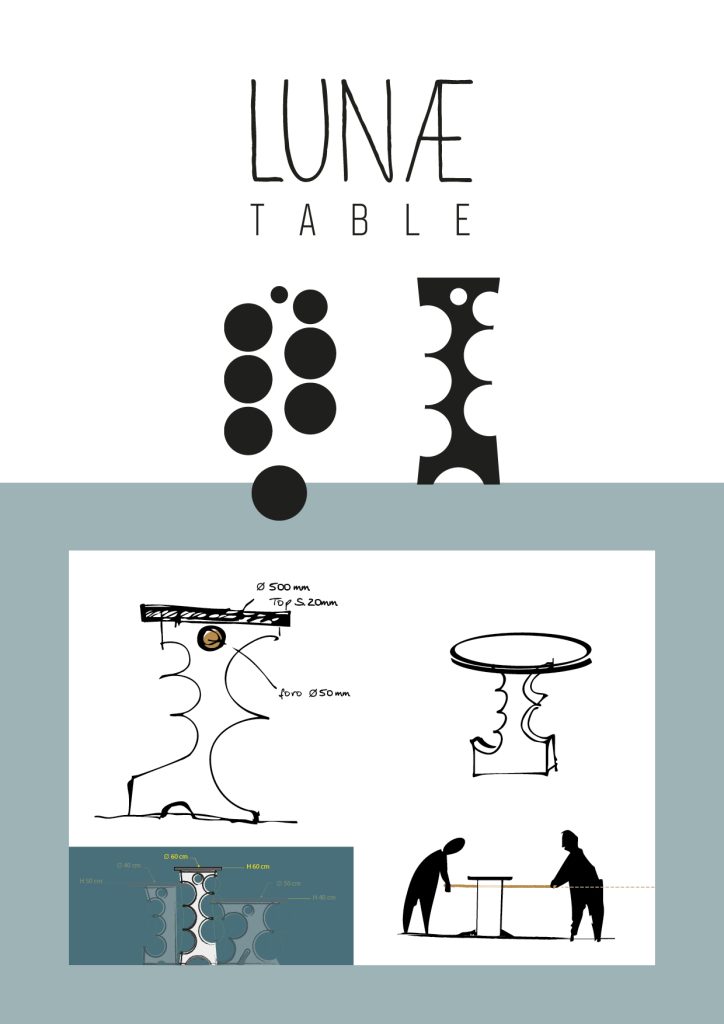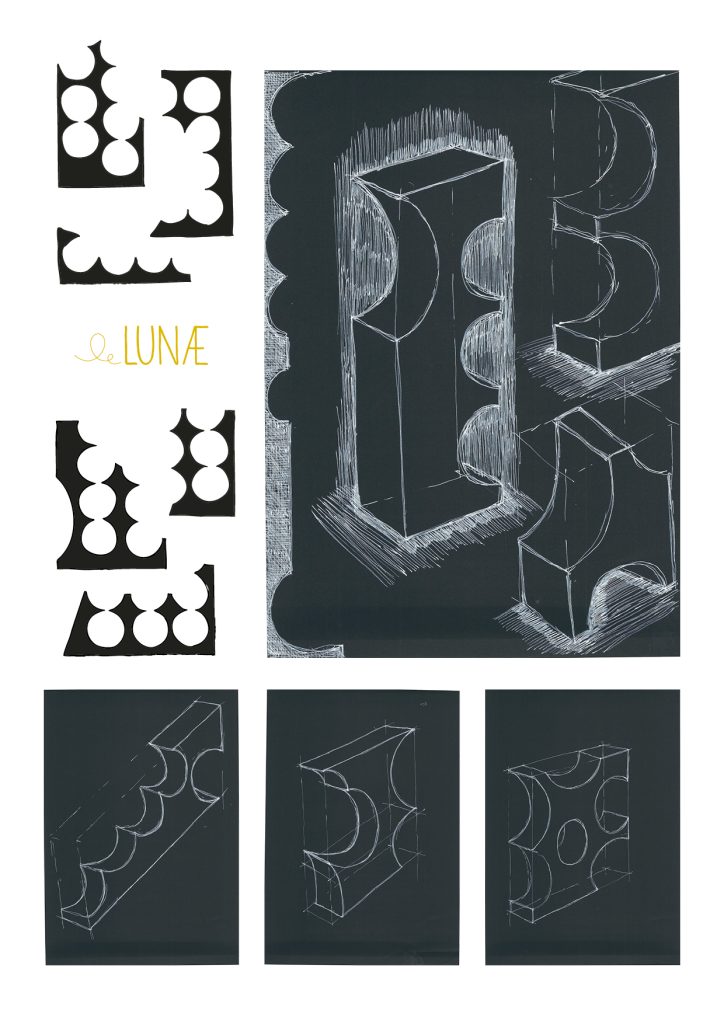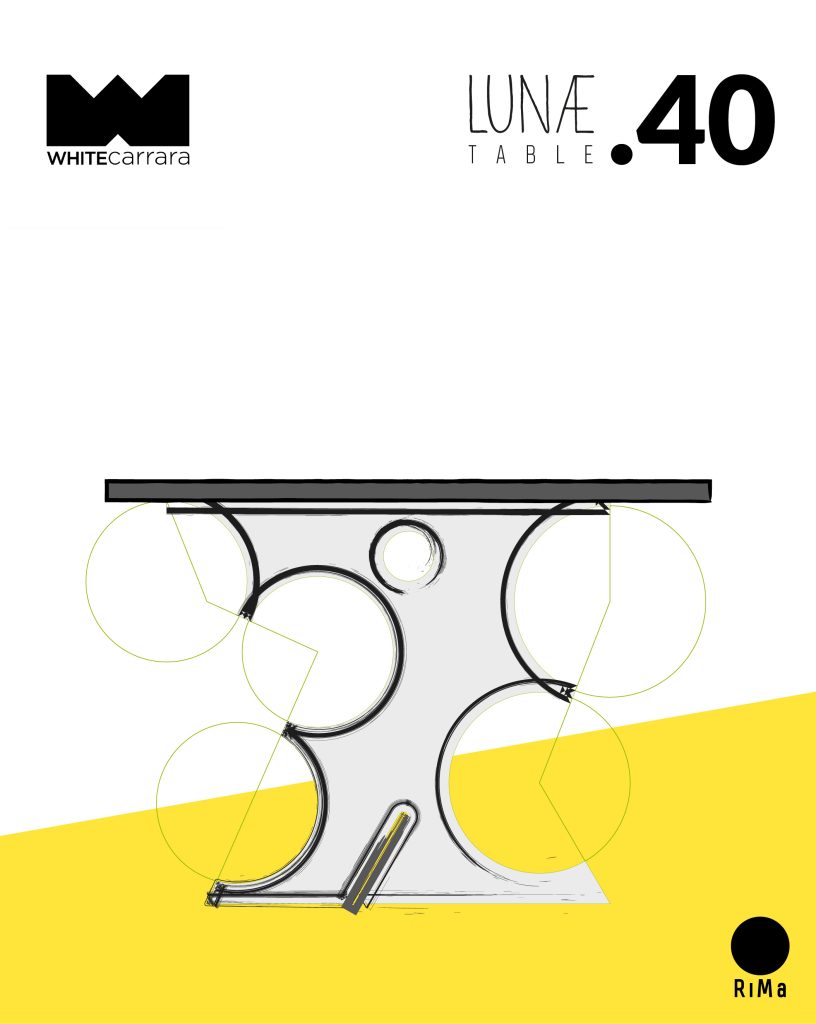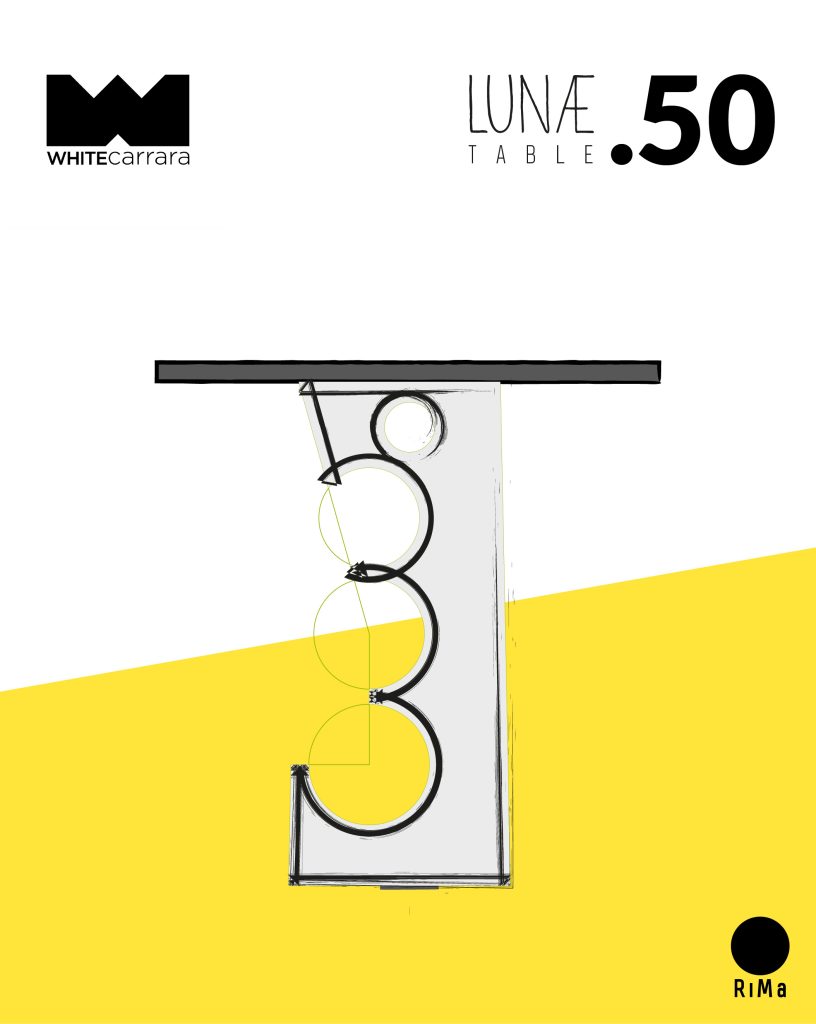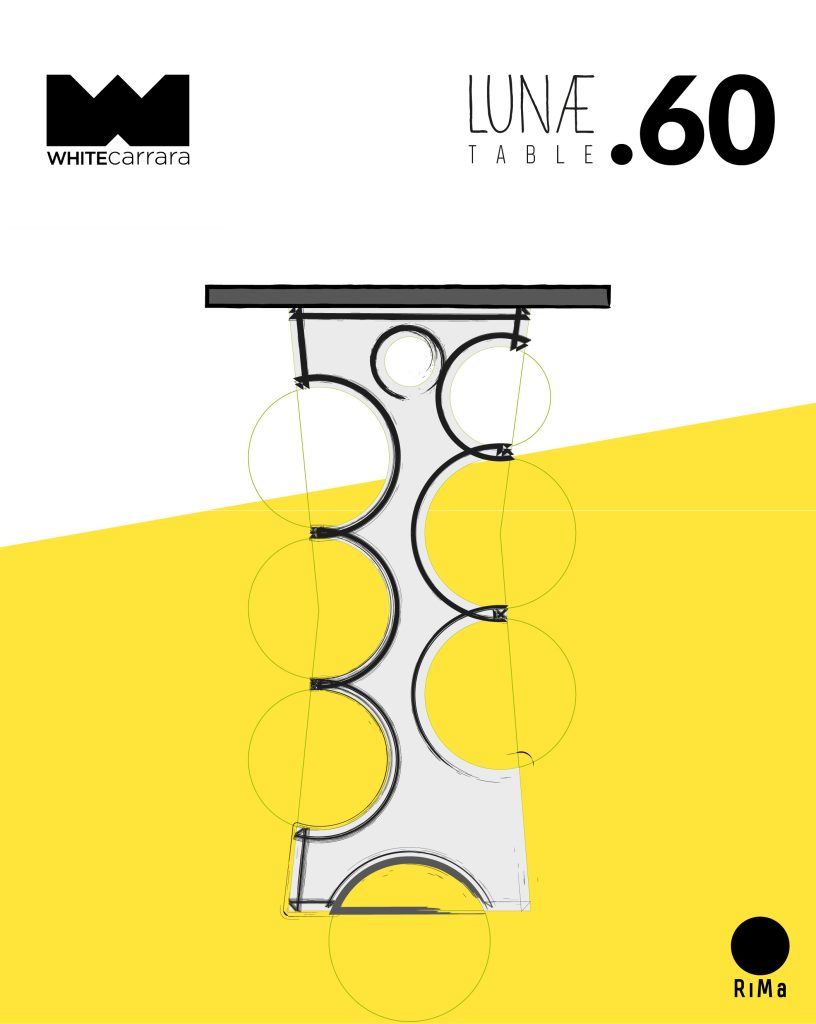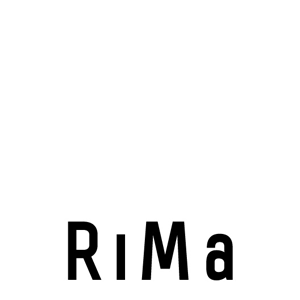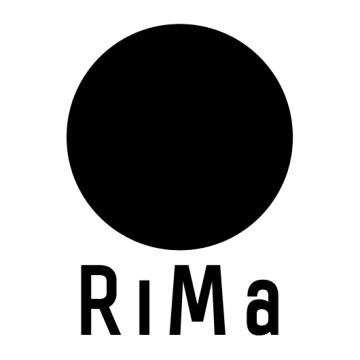RiMa Design at WHITE CARRARA 2025!
RiMa Design will participate in the 2025 edition of WHITE CARRARA, under the artistic direction of Domenico Raimondi.
🗓️ From June 13 to September 28
📍 Ex Paretra Area, Via Beccheria 5, Carrara
Promoted by the Municipality of Carrara, the event celebrates marble in all its forms and will bring new life to the historic city center from June 13 to September 28, featuring artists, workshops, and local and international companies.
While the previous edition celebrated Italian style and local excellence through a widespread exhibition of iconic pieces that shaped design history, the 2025 edition aims to further explore contemporary design, particularly highlighting creatives and designers who collaborate with local artisans, workshops, and companies for their contemporary works, through an ideal relay between 𝗗𝗲𝘀𝗶𝗴𝗻 𝗶𝘀 𝗕𝗮𝗰𝗸 and 𝗗𝗲𝘀𝗶𝗴𝗻. 𝗛𝗲𝗿𝗲 𝗔𝗻𝗱 𝗡𝗼𝘄.

LUNÆ TABLE
A series of small tables born from the awareness that even marble processing offcuts can inspire new design ideas
Simple forms — full and partial circles that evoke the phases of the moon — become the tops and legs of the LUNÆ tables, following a careful and respectful approach to working with a precious material like marble.

What you see depends on where you look from.
Sometimes all it takes is a change of perspective to discover a new world.
RiMaDesign was born from the shared passion for marble of Rita Anna VENUTA and Mara CAPETTA, both Ligurians by birth but with deep ties to neighboring Tuscany, especially to the “borderland” where the Ligurian Apennines meet the Apuan Alps. Although they followed different professional paths, Rita in the nautical sector and Mara in exhibition and graphic design, they both graduated from the Faculty of Architecture in Florence.
Their paths crossed when they began collaborating as designers on projects related to food design using marble, a passion they both shared. Together, they decided to further develop this passion alongside their individual careers. The local marble workshops became magical spaces for them, where every piece of discarded marble can be given new life, telling its unique story and inspiring fresh projects by following its natural form. This commitment to exploring upcycling and sustainability of such a precious natural material grew from their work.
The result is a design approach that blends creativity with sustainability, representing the meeting point between the history of a discarded material and its future in a new project, bridging the unintended beauty of a scrap with the functionality that its shapes can offer.

How Is an Idea Born?
From observation, from the play of composition.
In the marble workshops, we recover fragments: what was once waste becomes form.
A marble offcut becomes the leg of a small table; a marble disc becomes a tabletop.
It is not just recovery.
It is another way of seeing.
We often tend to think that design is purely the result of a designer’s imagination and technical skill. In truth, it is much more than that. Materials carry within themselves a form and a natural, sometimes multiple, function. All it takes is careful observation—and a willingness to let the material speak for itself. Its innate and boundless vitality does not end with the creation of a first object; it multiplies into countless other creations, often emerging from what is commonly called “production waste.”
This became immediately clear during our visits to marble workshops in Carrara. While we were captivated by the skill and craftsmanship of the local artisans, we were equally struck by the uniqueness of the offcuts. In a surprising play of negative forms, these fragments revealed themselves as objects in their own right, with a destiny of their own. Mountains of marble pieces with the most improbable shapes suddenly transformed before our eyes into vases, bookends, candleholders, and much more. These remnants, out of respect for such a noble material, were no longer to be discarded—they were to be reimagined, guided by their intrinsic potential.
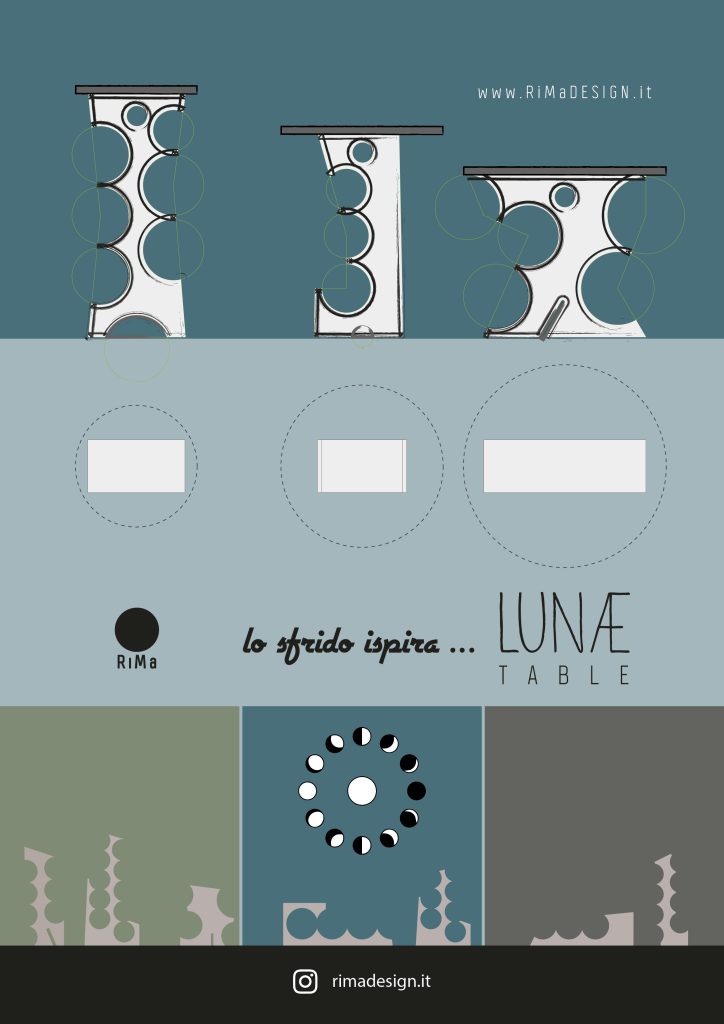

This is exactly how the LUNÆ tables came to life. Observing the materials in a workshop storage, the designers discovered their hidden possibilities. They did not draw the legs themselves; instead, they saw them in the marble offcuts: simple shapes, full and partial circles evoking the phases of the moon, which became the legs and tops of the small LUNÆ tables.

